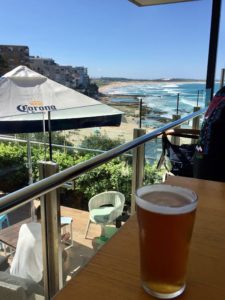Well, if that’s the case, what’s the deal with light beer, and why can’t I sleep in an Australian hotel? After a few years of living here, I’ve noticed a few subtle, but peculiar, differences between Australia and the US. To save the confusion of such matters, allow me to help explain a few unusual contrasts between the US and the land down under. Here’s our top run down of the weird differences between Australia and the US culture.
Heating and air-conditioning
To state the obvious, every summer, it gets really hot in Sydney. Every winter, it gets really cold (mercifully, for only a short few months). Yet, every year when this happens, people are incredibly surprised by this occurrence, as if it’s never happened before, and the weather is the only thing anyone talks about.
I suppose this would be why most Australians didn’t have the foresight to build homes with central heating or air-conditioning. Five years on, I am still figuring out this one. Even newer buildings tend to only have a/c units, rather than ducted systems.
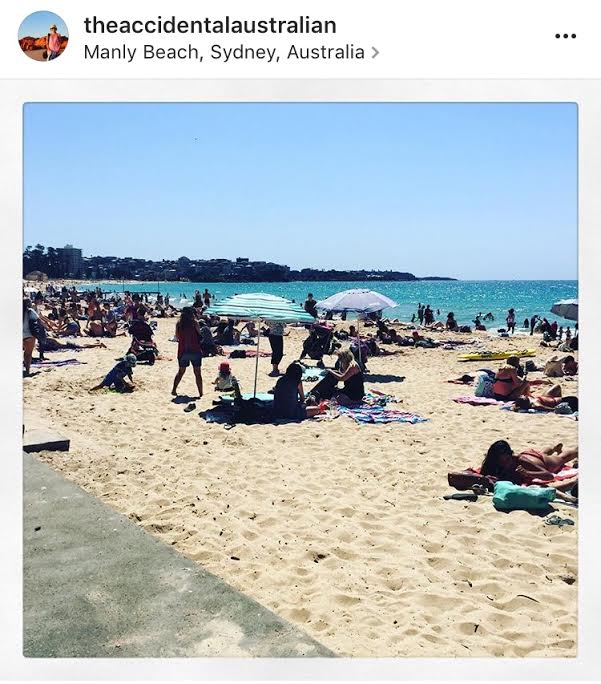
Be prepared to spend the majority of June-August in Sydney wrapped up in a duvet next to the space heater. Woollen blankets and tea will become your best friend. The best-kept secret of Australian tourism is that they managed to hide the fact from most of the world that it does, in fact, get cold here.
Shops close early
Something we take for granted in the states is the convenience of shopping. Pop out after work, on the weekends, no problem- most malls and shops are open til at least 9 or 10pm, making life really easy. Here, not so much- most shopping centres (with the exception of grocery stores, and larger shops like Kmart or Target), close at about 6pm. Meaning, if you work full time, you are limited to only going after-work shopping on Thursdays.
Why Thursdays? Not completely sure, but it has been deemed the late-night shopping night of the week. The UK also operates in a similar fashion, with shops offering one late night per week, so I assume this is where the Australian model comes from. This means everyone and their mother will go shopping on Thursday nights, resulting in lots of traffic, battles for parking spaces, and crowded shopping centres full of tired children and overzealous consumers, hell bent on doing a week or two’s worth of errands in an hour. Good luck.
The plus side, of course, is that those who work in retail are able to work more civilised hours, without having to give up nights and long weekends away from their families, which is nice. Australian businesses are also legally required to pay ‘penalty rates’, or higher hourly wages, to those working weekends or longer hours, so there is also some incentive from a business point of view to limit opening hours, rather than a purely altruistic one.
Ice machines in hotels
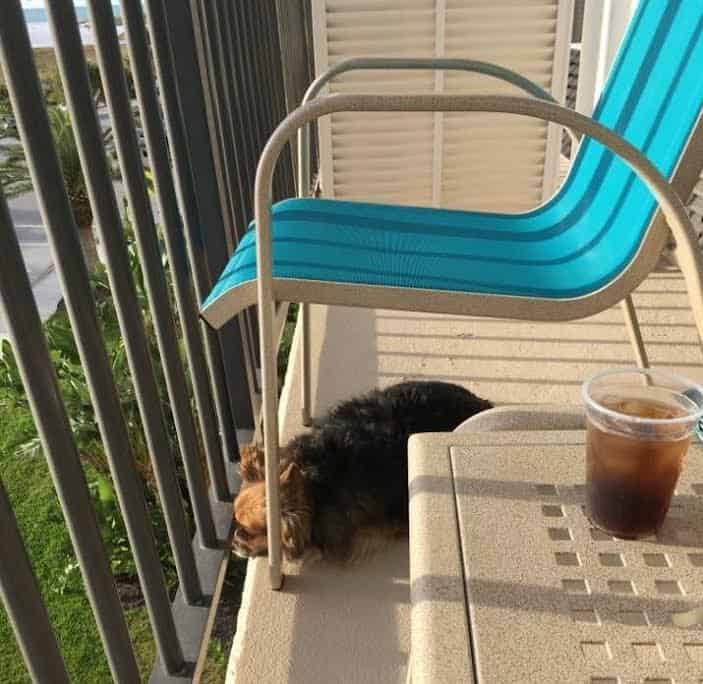
The quintessential American hotel: complete with bourbon and family pet.
One of life’s greater pleasures (well, in my family at least), is a sunset bourbon on the rocks when traveling. As every American knows, this is easily achieved with the help of the omnipresent ice machine, down the hall of every hotel ever in America, from five-star luxury to roadside motels.
For some reason, the ice machine concept never caught on in Australia, and ice is procured only by calling room service or the concierge to bring up a bucket. Sounds like a lot of extra work for the staff, but such is the Australian way.
Staying once in an American hotel chain in northern Queensland, I thought I’d try my luck by asking where the ice machines were. A polite but clearly exasperated smile from the front desk was enough to tell me I wasn’t the first American to ask them this question, and after that I’ve just given up trying.
Hotels and pubs
If you rock up to an Australian hotel looking for a bed for the night, you might find yourself a pint and a steak, but nowhere to lay your head. This is because many pubs, or bars, are referred to as hotels, but they don’t actually offer accommodation. However, often they do, as hotels traditionally offered a bed and a meal to weary travelers, but over the years, some pubs retained the hotel in their name, even though they no longer function as such. Moral of the story is always double check that your hotel is actually a hotel, and not just a pub, if you’re counting on a place to stay.
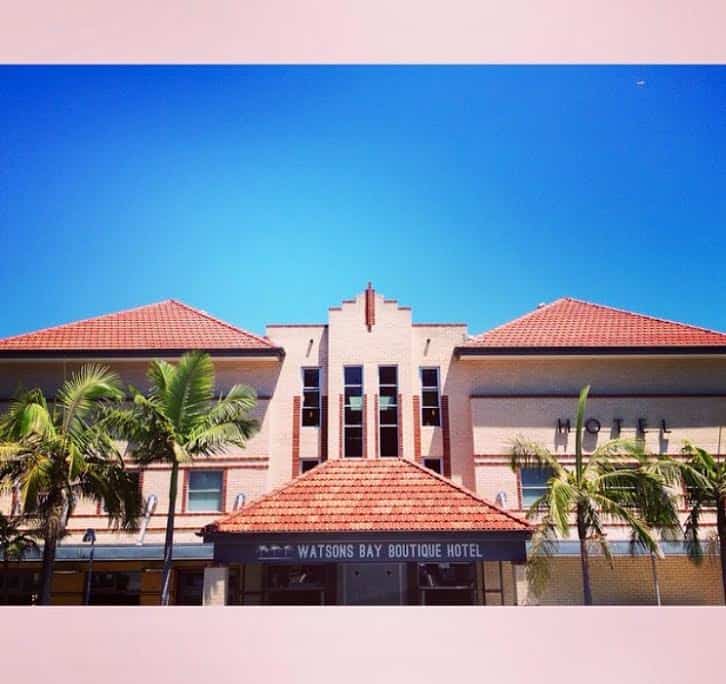
Driver’s Licenses
I’ve written before about the trials and tribulations of buying a car in Australia, but before you can buy a car, one must obtain a driver’s license. If you already have an American license, you’re in luck- Australia and the US have a reciprocal arrangement. You can show your US license, take an eye test, pay the fee, and automatically gain a full (unrestricted) Australian license. This is a really simple and straightforward process.
However, if you don’t yet have a license, the Australian process is a lot more cumbersome and time-consuming than the American way. Straight from the Department of Roads and Maritime Services, these are the steps one must take to get a license:
Overview – from learner to full license
There are seven steps to progress from a learner to a full license:
1. Pass the Driver Knowledge Test (DKT) – get your learner license
2. Hold your learner license for at least 12 months, and complete 120 hours of supervised driving practice, including 20 hours of night driving (unless you’re 25 or older)
3. Pass the Driving Test – get your provisional P1 (red) license
4. Hold your P1 license for at least 12 months
5. Pass the Hazard Perception Test (HPT) – get your provisional P2 (green) license
6. Hold your P2 licence for at least two years (24 months)
7. Pass the Driver Qualification Test (DQT) – get your full license.
It literally hurts my mind to even read that, so glad I grew up in a country where any sixteen-year-old can take a few hours of driving ed classes, pass a test, do some parallel parking, and off you go. Does the more stringent Australian system make for safer drivers? Personally, I think practice is the key to anything, but would be interested to hear your thoughts.
Tax
In Australia, sales tax, or GST (goods and service tax) is included in the price of almost all items you’ll encounter when shopping. This means if a price tag for an item says $15.00, that’s what you’ll pay. This makes things much simpler than the American way, in which sales tax is added on at the register. Not to mention the confusion of American state sales taxes, which vary from state to state.
An added bonus for Australia is that they have gotten rid of the penny- prices are rounded, making things easier and saving the pockets of shoppers everywhere from being weighed down with nearly useless coins.
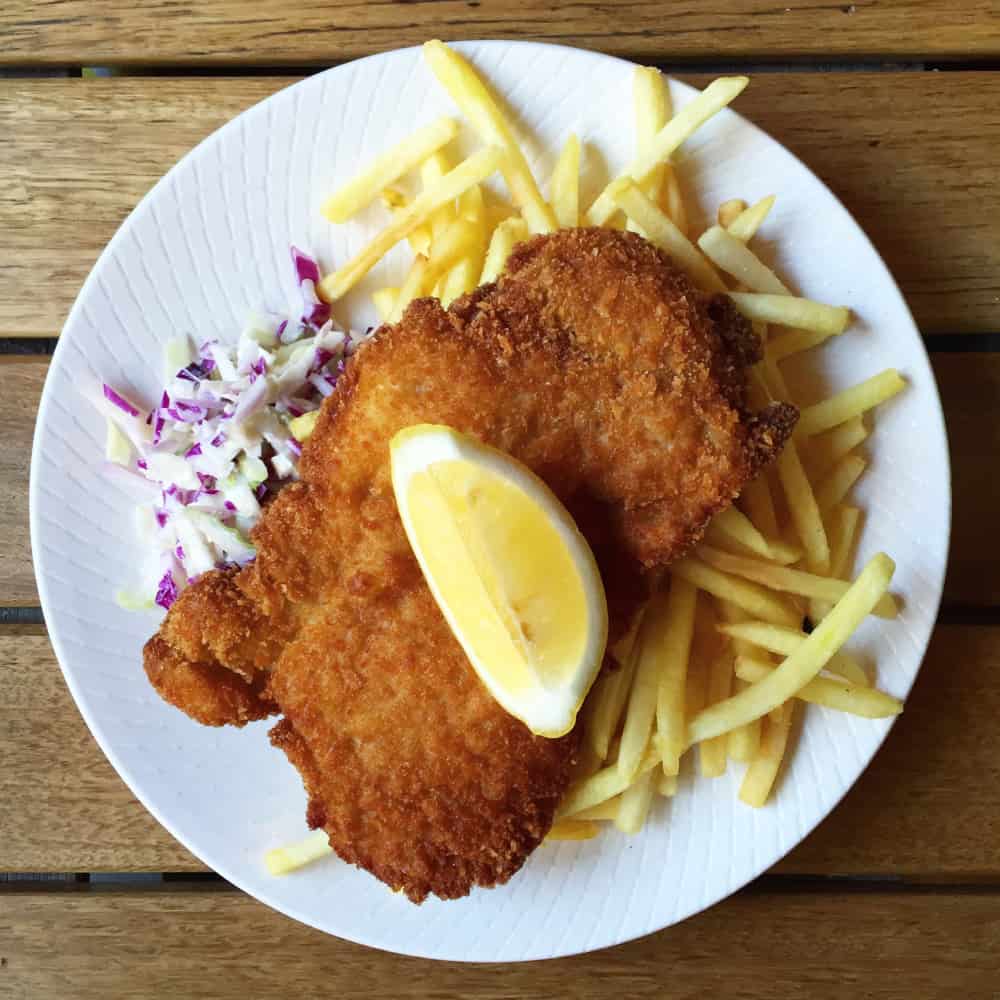
Meat
In America, we tend to eat a lot of turkey, chicken, beef. In Australia, turkey is harder to come by, but lamb and pork are very popular. As someone who enjoys a turkey sandwich or a tuna melt on occasion, this is not something you’re likely to find on a restaurant menu, but sausages, chicken schnitzels, or roast lamb are popular dishes. Only a minute difference, but one to keep in mind on Thanksgiving, if no other time.
Light Beer
If you order a light beer in Australia, you’ll get a beer with low alcohol content. Order a light beer in America, you’ll get a beer with lighter flavour. Take care to remember this, or there’s a good chance your Australian friends will mock you (not that I speak from experience…). The light beers in Australia aren’t alcohol free, rather are a lower alcohol content than what are referred to as ‘full-strength beers’.
For any other expats or visitors who have spent time in Australia, what other differences have you noticed here, compared to your home country? Despite the differences, there is definitely an influence of American culture in Australia, especially when it comes to food. I find it all very fun and interesting, so would love to hear your thoughts below!

